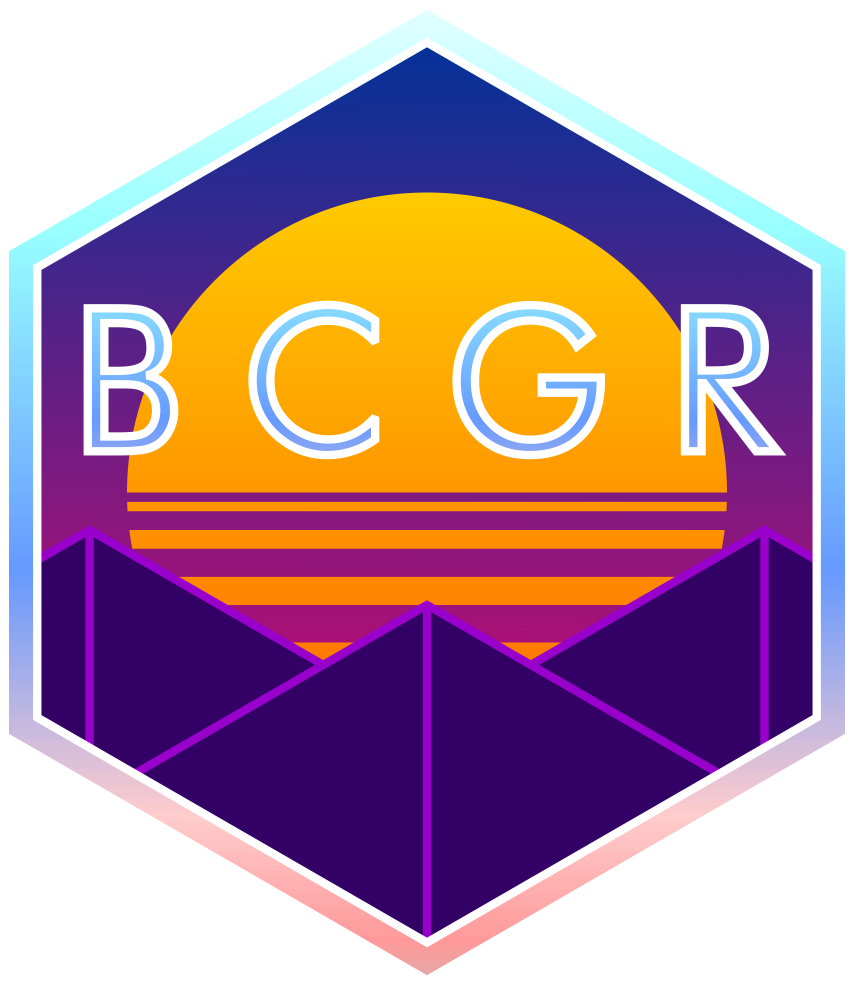High Rostran Alchemy
Alchemy among the High Rostran people is part of the early tradition of both the spiritual practices of Rostran Esotericism (particularly ritual sigil practices) and what would now be called process chemistry.
History
The tradition of High Rostran alchemy began among the High Rostran people on Eudoxia, and it is this legacy that modern laboratories and industrial chemical producers like Eudoxia Chemical Group hearken back to. The practices of alchemy eventually spread to other places were the Esoteric faith held sway, including to Kalqa, where Vexan Zin would go on to become the most famous amateur alchemist in Rostran history with his invention of fireworks and the rudiments of lighter-than-air flight.
In modern times, the connection between the spiritual work of Esotericists and the temporal works of scientists are all but relegated to separate parts of the public consciousness, but the influence of alchemy in both realms is nevertheless difficult to overstate. The more complex sigils created by the alchemists, artistically valuable in their own right, became the foundation of ever-more complex and esoteric ritual sigil work employed by the adepts of the faith. At the same time, the tools and techniques pioneered by the alchemists were subsequently perfected with the advent of improved materials, the formalization of the scientific method among scholars, and an abiding dedication towards reproducible methodology inspired by surviving artifacts.
Components and tools
Early Rostran alchemy was closely associated with both the pottery and apiary industries. The practitioner would execute a glyph similar to the more traditional ritual sigils upon a surface of clay, burnished wood, or stone which was passivated in some way against chemical attack (i.e. via glazing). The glyph might be incised into the surface or built up with a hydrophobic material, often beeswax. This sigil would consist of a system of reservoirs to hold reagents and channels through which the reagents could flow into empty reservoirs to undergo reactions. Fired clay tablets impressed with pits and troughs quickly overtook the earlier workings of wax due to the fact that clay, especially if glazed, exhibited superior resistance to heating and chemical reactions. Still, waxen glyphs overlaid over these clay work surfaces could create barriers across troughs so that the flow of reagents could be stopped or metered as required for the process.
One secondary benefit of fired clay alchemy setups was that, aside from being work surfaces and objects of art, they created permanent records of a given alchemist's work. Especially if notes were inscribed on the surface, later alchemists could recreate the work of their forebearers with relative ease. This created a culture of replicability and peer review that helped drive scientific innovation. On the other hand, the fact that such systems would still function even if the glyphs bore no apparent connection to the various spirits of Esotericism eventually served to drive a wedge between spiritual pursuits and scientific inquiry in the greater Rostran culture; unlike with Forgism and with the exception of Knappism, faith, craft, and science are generally regarded as different fields of knowledge in the modern Archipelago.
All the reagents of alchemy were initially drawn from nature. The early alchemists were engaged in a quest to discover what 'essentia' could be derived from the foci and sacrifices employed in ritual sigil practices so as to create the 'perfect substance' that would ensure an efficacious sigil or, if none could be found. For example, fermentation and distillation techniques were explored in part to enhance spiritual practices directed towards Ixovaqitetsu. These essentia were often associated with one or more of the seven qualities associated with a given spiritual being. Eventually, what started with solely ritually important substances expanded to explorations of other materials, such as metals, and led to the discovery of compounds and techniques that had artisanal or medical uses in their own right. Mortars, furnaces, boilers, crucibles, filtering elements, and more - sometimes integrated into work surfaces large enough to accommodate them - were used to work over the reagents and separate them into their constituents. The discovery of substances that were irreducible by the techniques available to the alchemists inspired new techniques and tools, but it also set the stage for modern atomic theory in the Rostran Arc.
Primary Related Location
Important Locations
Related Organizations
Related Ethnicities





Comments